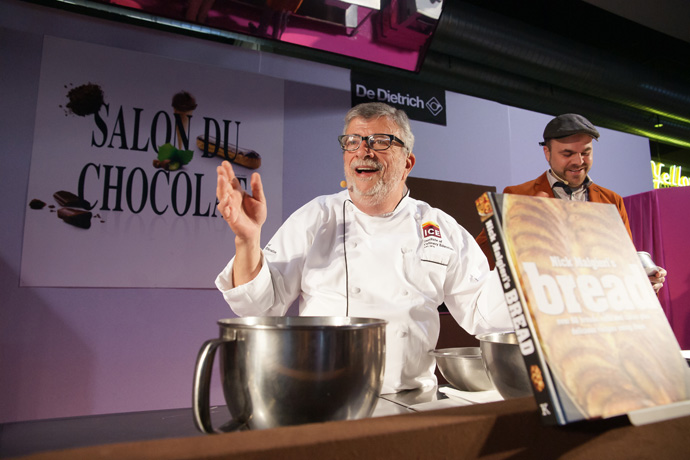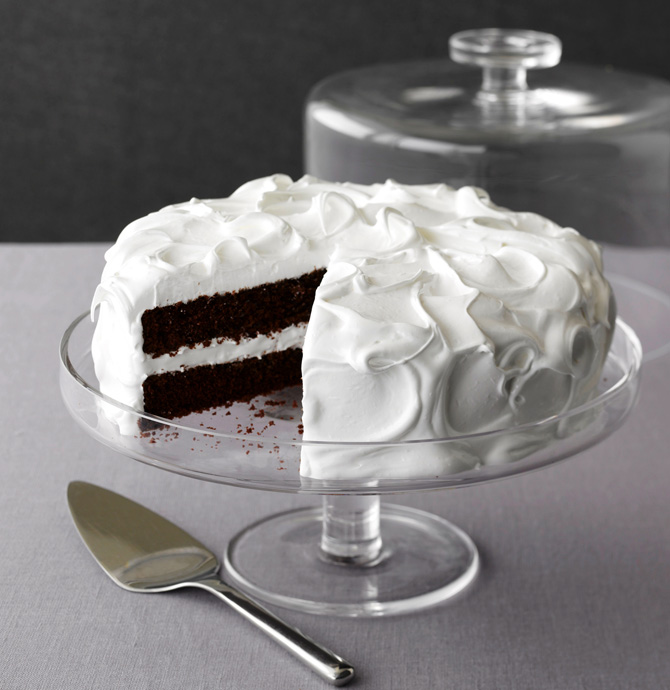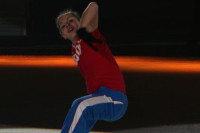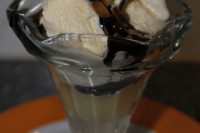Recipes
Nick Malgieri’s old fashioned devil’s food cake
Nick Malgieri, one of the best known pastry chefs in the US and a guest at the recent Zurich Salon du Chocolat, has kindly provided Vivamost a recipe for his old fashioned devil’s food cake.
But why did Nick call his chocolate cake “devil’s” food? Nick likes to remind people that the devil, normally associated with the colour red, has a sweet tooth. Also, cacao powder, originally had a reddish colour.
For those of you not too familiar yet with Nick Malgieri, he is the director of the baking program at the American culinary school, the Institute of Culinary Education located in New York City. Nick has over three decades of experience baking and teaching baking to students in America, Canada and Australia. His first book, “Perfect Pastry”, was published in 1989. Now he has published eleven books about chocolate, desserts and lately about breads. His last book “Bread” came out in 2012 and “The Modern Baker” in 2008. His twelfth book “All New Perfect Pastry”, will appear in 2014.
Nick has written many articles and his recipes have been published in newspapers and magazines in America such as the New York Times and Bon Appétit. He has been on television programs cooking with Julia Child and Martha Stewart.

Nick Malgieri during his live show making the old fashioned devil food cacke – crédit Nicolas Rodet
“This is an American classic and this version is just about the best one I’ve ever tasted. A devil’s food cake should be very chocolaty and also very moist, two qualities that don’t often coincide.The icing is easy to make – I’ve simplified the method. In the past, it was prepared like a cooked meringue in which the egg whites are whipped and hot sugar syrup is poured over them. The method here combines all the ingredients and heats them over boiling water – it’s faster and more reliable.”
Makes one 9-inch round 2 layer cake
CAKE BATTER
2 cups/400 grams sugar
1 1/2 cups/200 grams all-purpose flour
1/2 teaspoon/3 grams fine salt
3/4 teaspoon/3.5 grams baking soda
4 ounces/112 grams unsweetened (99%) chocolate, finely cut
1 cup/225 ml double strength brewed coffee, hot
2 large/100 grams eggs, at room temperature
4 ounces/112 grams unsalted butter
1 1/2 teaspoons vanilla extract
1/2 cup/125 grams sour cream
FLUFFY WHITE ICING
4 large/120 grams egg whites
Large pinch salt
1 1/4 cups/250 grams sugar
1/2 cup/150 grams light corn syrup or glucose
Two 9 inch round layer pans, 2 inches deep, buttered and the bottoms lined with a disk of parchment or buttered wax paper, cut to fit

Old Fashioned Devils Food Cake recipe from Nick Malgieri crédit Charles Schiller
1. Set a rack in the middle level of the oven and preheat to 350 degrees.
2. For the cake batter, in a mixing bowl, stir together the sugar, flour, salt and baking soda andset aside. Place the cut up chocolate and butter in a bowl and pour the hot coffee over it. Let stand while the chocolate melts.
3. Whisk the chocolate, butter, and coffee smooth and whisk in the eggs until liquid, vanilla extract, and sour cream, one at a time. Whisk the flour mixture into the liquids a third at a time.
4. Divide the batter equally between the prepared pans and smooth the tops. Bake the layers until they are well risen and feel firm when pressed in the center with a fingertip, about 25 to 30 minutes.
5. Cool in the pans on racks for 5 minutes, then unmold, turn right side up again and cool completely.
6. For the icing, half fill a saucepan with water and bring to a boil over medium heat. Combine the egg whites, salt, sugar, and corn syrup in the bowl of an electric mixer and whisk by hand, just to mix together.
7. Regulate the heat under the pan of water so that it boils gently and place the bowl on the pan. Whisk gently just to keep the mixture moving until it is hot (about 140 degrees) and all the sugar is dissolved. Place the bowl on the mixer with the whisk and whip the icing until it has cooled and become white and fluffy.
8. Put one of the cake layers right side up on a cake cardboard or platter. Spoon a little less than half the icing on the layer, using a medium metal offset spatula to spread it evenly and to the edge all around. Invert the second layer on the icing (the smooth bottom of the layer is now uppermost) and gently press the layer into the icing. Spread the entire outside of the cake with the remaining icing, using the point of the spatula to swirl it all over as opposed to spreading it straight and flat.
If you would like to order one of his many books, visit his website here .
Copyright © Nick Malgieri 2013, All Rights Reserved





